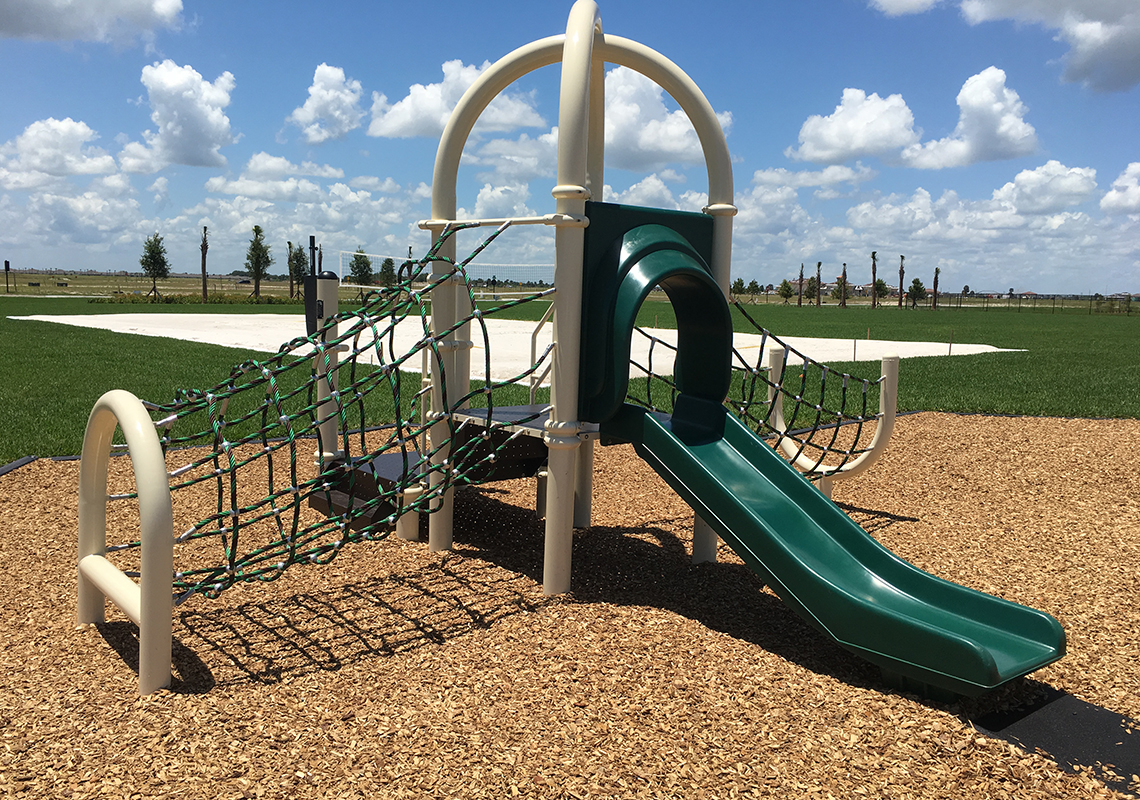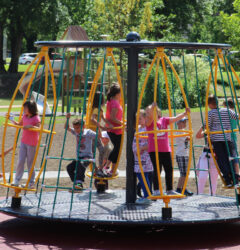14 Dec

For children with autism spectrum disorder (ASD), many therapeutic approaches are used, often combined with each other. Speech therapy, occupational therapy, and behavioural interventions all help a child’s overall development and can help improve language, reasoning and communication skills, to name a few.
Adding in play therapy – whether formal or at home – can help to improve their social and emotional skills, enhance their communication skills, and expand the ways they play with toys and relate to other people. For parents and caregivers who suspect an autism diagnosis, these techniques can be helpful to start working through as you wait for a formal diagnosis. It can take a lot of time for all the pieces of an ASD treatment plan to come into place, and what works varies from child to child so early access to therapies, especially ones you can do at home, are valuable.
ASD is often referred to as a “wide-spectrum disorder” because the symptoms can be so different for every child who receives an ASD diagnosis. The symptoms range in severity, and often change as a child grows. Much like finger prints and snow flakes, you’ll never find two children with ASD that are the exact same. This makes finding the best treatments and therapies difficult and can cause intense frustration for parents caught up in the red-tape of it all.
Children with ASD tend to play differently than other kids do. They will focus in on small details of a toy, and play with that – like the wheels of a toy truck, or the hair of a baby doll. It can appear as a sort of obsession. They may not like to play with others, or they may love to play with others but lack the social skills to do so in a meaningful way. Playing is a way that children express themselves, and for children with ASD, play can be a way to learn how to connect with other children, in a way that they understand. Left to themselves, some children with ASD can get stuck in a rut, and struggle to develop their own abilities or interests.
The concept of play therapy was originally designed as a tool to provide psychotherapy to children trying to cope with trauma, anxiety, and mental illness. Play, in a therapeutic session, is a safe way for children to act out their feelings and to develop coping strategies. The specific techniques used for that type of play therapy don’t always align with the techniques required when playing with a child with ASD so many specialists offer more specialized approaches.
One of the more common types of play therapy is referred to a “Floortime”. In simple terms, you get down on the floor, and play with them as their own level and their own terms. You play how they are playing, and then in time. As the child become comfortable with you in their play space, you can add a toy, or encourage switching out toys. The goal is to create play opportunities for back-and-forth communication. It’s simple, and often a slow process, but studies have shown that children floortime therapy tend to show improved symptoms and increased development than children who do not participate in this type of therapy. This concept is designed to help the child:
- Understand the mechanics of the toy or game beyond their desired use (moving the entire car around the track instead of just spinning the tires)
- Actively engage with the therapist and/or parent(s)
- Perform some kind of two-way communication
- Become aware of their own wants and needs while playing
- Makes non-verbal gestures to communicate, which may be as simple as pointing to a toy
- Develop techniques to help calms themselves if they get upset
Play therapists can help your child, and yourself, develop a play program that suits the specific needs for your child. They will assess their abilities, attention span, aggressions, interactions, etc, to offer a structured and individualized plan.
Sessions typically begin with non-directive play therapy – where children are left to guide themselves with fewer boundaries and are left to work through problems on their own. This is non-structured, with little to no rules. Often the child ‘runs the show’. As the session(s) progresses, there are small prompts introduced, in a more directed manner, where a parent or therapist engages the child more often and directly. They might make suggestions or try to move the session along by using guided play, with a bit more of a structured approach. This can be inserting a new toy into the play scenario, or perhaps making noises that match the items you’re playing with. (Vrroom, vroom while playing with a car)
Integrated play groups (IPGs) blend a group of 4 or 5 children, both with and without autism spectrum disorder, so those with ASD can follow their peers’ lead and learn how to play. This is likely something that you could organize in your local area as a casual playdate opportunity. Organizing a recurring time, and setting a place like the community playground can be a great way to meet new parents, and to help your child become familiar with their play environment. Encourage all the adults to set the tone for play, and then slowly move out of that role and let the children take over. This provides many chances to improve their social skills while they spend time with other kids.
Some techniques to use when doing informal, or at-home play therapy include:
- Commenting on what they are doing, even if they don’t acknowledge or continue the conversation
- Stay engaged – put away smartphones, turn off distractions, and keep an open mind
- Mirror them – imitating their play style can help them feel more comfortable and secure
- Start small – add small actions, noises, or another toy to the mix. Baby steps!
Depending on your health coverage and local health systems, you may want to seek a referral from your doctor, and you can also find local therapists by doing a search online. Sometimes you may also find that play therapy is offered as a free resource through local early intervention programs, or it may be incorporated into special education preschool programs.
Generalized ASD play therapy may also be sought via occupational therapists and child psychologists. For parents who choose to learn about this type of therapy on their own, there are plenty of play therapy related books available at libraries and video resources on social media platforms. Play therapy can be a wonderful tool for helping children with ASD, and their parents and caretakers, learn to feel more social and confident. Taking an active role in play therapy can be as simple as playing with your own child in your living room.









Follow Dynamo Playgrounds